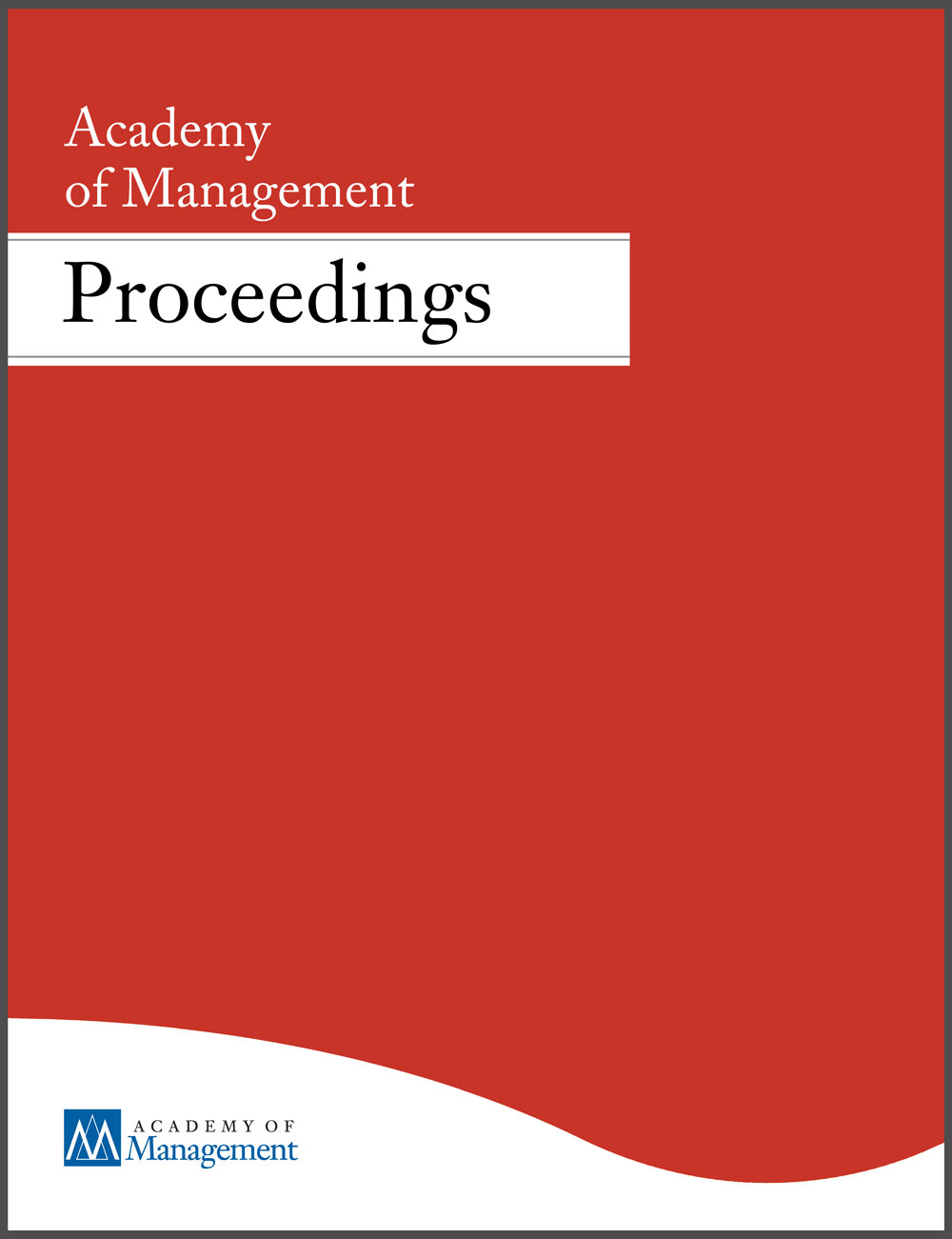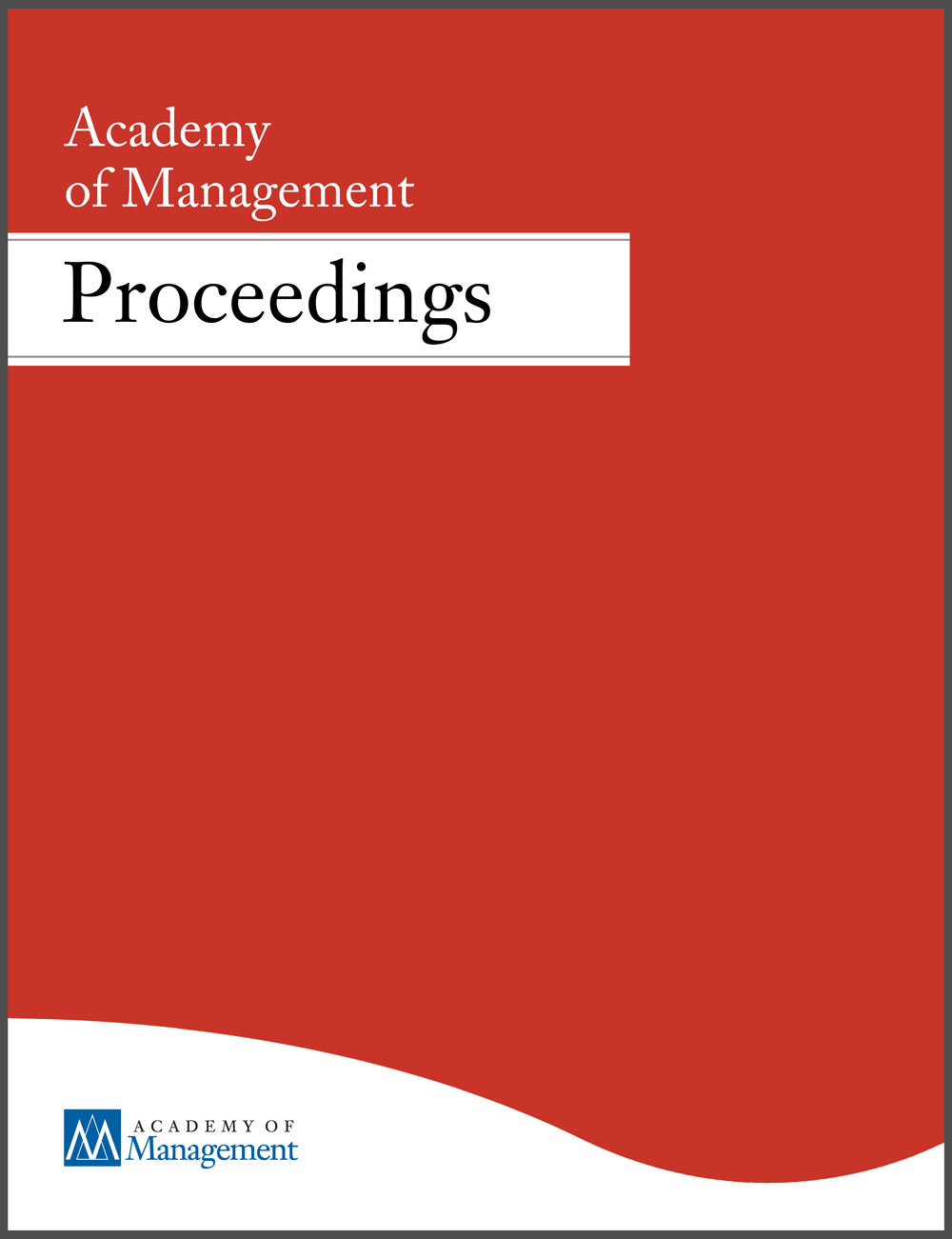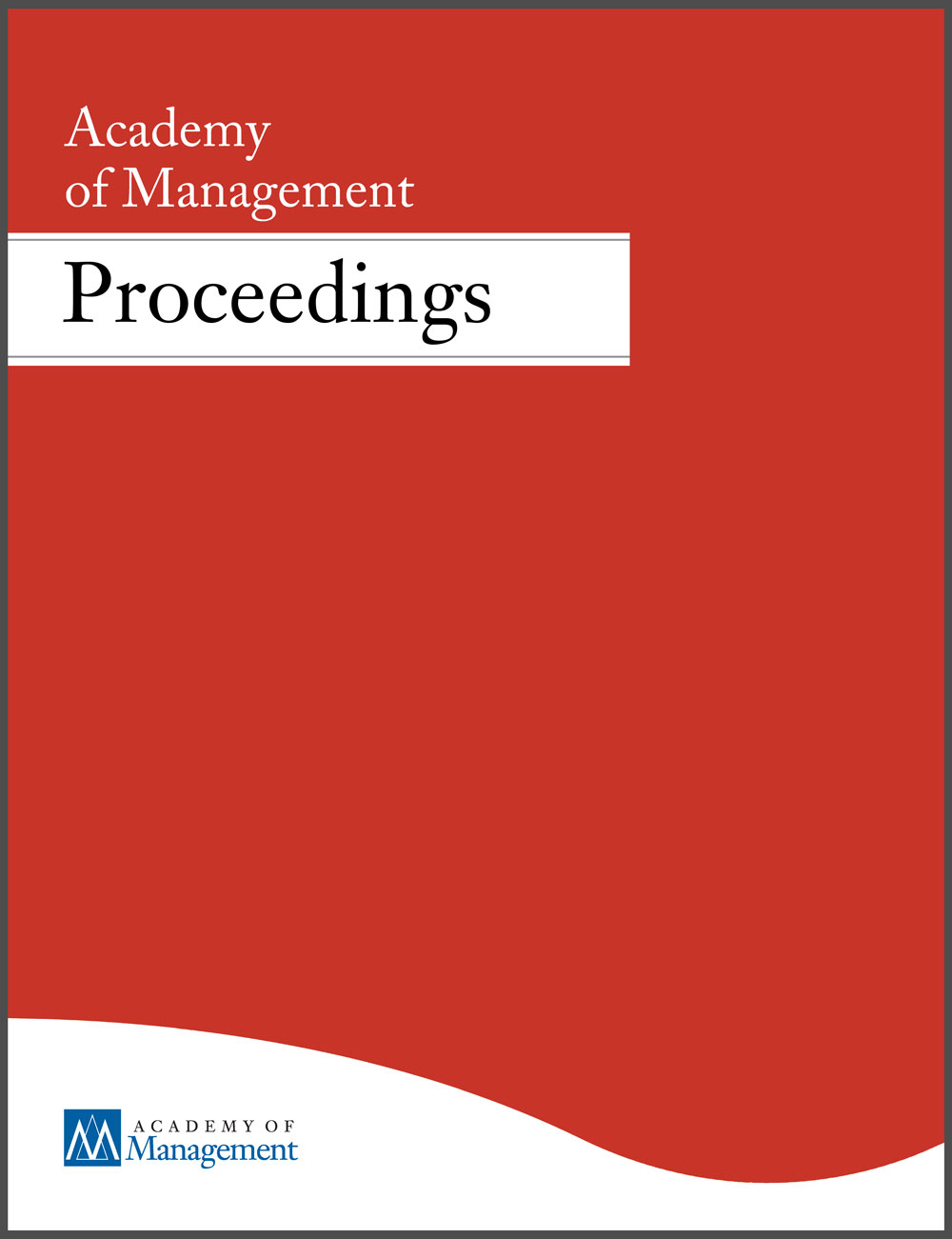Academic articles
Practitioner articles
Working papers
Books
Book chapters
Case studies
Other publications
Subject(s)
Technology, R&D management
Keyword(s)
search, innovation, individuals, attention, scientists
The ‘variance hypothesis’ predicts that external search breadth will lead to innovation outcomes, but time for search is fixed and cultivating breadth takes time. How does individuals’ external search breadth affect innovation outcomes? We match survey data with complete patent records, to examine the search behaviors of elite experts at one of the world’s most innovative firms. Counter to expectations, individuals who spent more time inside the firm were more likely to be innovative. Individuals with high external search breadth were more innovative only when they allocated more attention to those sources. Our research identifies limits to the ‘variance hypothesis’ and reveals two successful approaches to innovation search: ‘cosmopolitans’ who cultivate and attend to external sources and ‘locals’ who draw upon internal sources.
With permission of the Academy of Management
Volume
2014
ISSN (Online)
2151-6561
ISSN (Print)
0065-0668
Subject(s)
Strategy and general management
Volume
23
Journal Pages
1–10
Subject(s)
Ethics and social responsibility
Subject(s)
Economics, politics and business environment
Subject(s)
Ethics and social responsibility; Strategy and general management
Keyword(s)
Electricity supply industry, innovation, research, sustainability, productivity, ranking, R&D, climate performance, renewables, security of supply, patents, investment activities, transformation leaders, research leaders, dissemination leaders, hesitants, CEZ, Electricité de France (EDF), GDF-Suez, E.ON, RWE, Enel, Dong, Fortum, Statkraft Vattenfall, Iberdrola, Energias de Portugal (EDP), Axpo, Scottish and Southern Energy (SSE)
The ESMT innovation index 2012 – Electricity supply industry measures innovation activities of 16 major European utilities. In addition to expenses on research and development (R&D), patents and research areas, it also takes indicators for process innovation into account, in particular the utilities’ performance regarding productivity and sustainability.
Pages
32
ISSN (Print)
1866–4024
Subject(s)
Economics, politics and business environment; Finance, accounting and corporate governance
Subject(s)
Human resources management/organizational behavior
Keyword(s)
Boards, crisis, diversity
A quarterly chat around the conference table between the chair and the old boy’s network (i.e., board members) no longer suffices, especially given market and stakeholder expectations, not to mention increasing efforts at mandating board diversity. So, what does the boardroom of the future look like? What are the challenges and strategies for effective functioning in that changing context? This symposium addresses what is actually happening in the current practice of board functioning as well as the state of current research, and seeks to build a picture of the functioning of boards of the future. Our panelists are seasoned academics, consultants and practitioners, and represent multiple perspectives on and experiences with boards across the US and Europe (and beyond) and will engage the audience—and each other—in a lively debate and discussion.
With permission of the Academy of Management
Volume
2014
ISSN (Online)
2151-6561
ISSN (Print)
0065-0668
Subject(s)
Human resources management/organizational behavior
Keyword(s)
Non-routine situations, team adaptiveness, team interaction pattern
Previous research suggest that teams cycle through distinct phases of action (task activity) and transition (planning and interpretation of feedback and information) during routine work situations, and that during non-routine situations, effective teams also engage in reactive adjustments to plans. Other work suggests that during non-routine situations, the interaction patterns of effective teams differ significantly from less-effective teams. The first body of work does not consider contexts requiring teams to engage in constant task activity largely absent the reflective “downtime” of transition phases, while the second body of work does not examine team interaction patterns across both routine and non-routine situations. However, high-workload dynamic contexts demanding constant task activity and involving routine and non-routine situations are real and consequential, and present teams with critical challenges. Thus, given such a dynamic context, in this paper we examine: (1) the timing of in-process planning by teams; (2) the effect of this planning on subsequent team performance; and (3) the simultaneous and reactive differences of team interaction pattern characteristics across routine and non-routine situations. We find evidence that teams engage in significantly more in-process planning behavior during routine situations versus non-routine situations, that the relationship between this in-process planning and subsequent team performance is curvilinear, and that different interaction pattern characteristics are related to team performance in routine and non-routine situations.
With permission of the Academy of Management
Volume
2014
ISSN (Online)
2151-6561
ISSN (Print)
0065-0668
Subject(s)
Technology, R&D management
Keyword(s)
Broadcast search, innovation, prize competition
Prize competitions, an alternative to patents and grants for motivating potential inventors, have gained renewed interest in recent years. We analyze targeted prizes that are formalized into standards that solutions can be evaluated against ex ante, where the organizer of the prize competition stipulates a problem to be solved and distributes it to a pool of potential contest participants. To gain insight into how such competitions have been employed and functioned, we reviewed all papers on the topic published on Thomson ISI's database and reviewed how prize competitions have been used since the 1600s. Although many recent prize competitions have been privately sponsored, governments were early to use competitions to motivate inventors. We synthesize the literature using a novel process framework that captures the key challenges of prize competitions: (1) Define, (2) Broadcast, (3) Attract, and (4) Select. This DBAS framework allows us to advance theory about dimensions of prize competitions on which earlier literature is silent.
With permission of the Academy of Management
Volume
2014
ISSN (Online)
2151-6561
ISSN (Print)
0065-0668
Subject(s)
Finance, accounting and corporate governance
Keyword(s)
Single Resolution Mechanism (SRM), Multi-Tier Resolution Fund (MTRF), ESM, financial systems, financial stability
This note proposes a new set-up for the fund backing the Single Resolution Mechanism (SRM). The proposed fund is a Multi-Tier Resolution Fund (MTRF), restricting the joint and several supranational liability to a limited range of losses, bounded by national liability at the upper and the lower end. The layers are, in ascending order: a national fund (first losses), a European fund (second losses), the national budget (third losses), the ESM (fourth losses, as a backup for sovereigns). The system works like a reinsurance scheme, providing clear limits to European-level joint liability, and therefore confining moral hazard. At the same time, it allows for some degree of risk sharing, which is important for financial stability if shocks to the financial system are exogenous (e.g., of a supranational macroeconomic nature). The text has four parts. Section A describes the operation of the Multi-Tier Resolution Fund, assuming the fund capital to be fully paid-in (“Steady State“). Section B deals with the build-up phase of the fund capital (“Build up“). Section C discusses how the proposal deals with the apparent incentive conflicts. The final Section D summarizes open questions which need further thought (“Open Questions“).
Pages
8
ISSN (Print)
1866–4016



